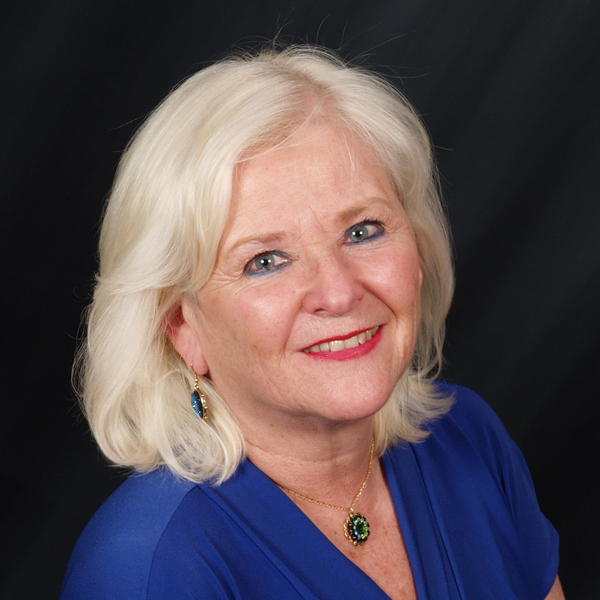What’s Bubbling Up in Beverages
CONSUMER TRENDS
Sparkling waters, natural sodas, ethnic drinks, and teas are well poised for strong growth as consumers continue to turn away from carbonated soft drinks, seek more flavorful and exotic beverage alternatives, and look for drink options that are more natural and lower in calories and sugar.
Over the past 10 years, the number of adults who drank five or more glasses of bottled still water per week grew 22% while those drinking the same amount of regular cola soft drinks fell 20%. Consumption of diet cola was down 7.5%, and regular non-cola carbonated drink consumption dropped by 6.7%, according to Packaged Facts’ Bottled Water in the U.S., a 2014 report. While carbonated soft drinks remained the largest beverage category in 2013, U.S. volume dropped 3.2%, the ninth consecutive year for a volume decline, reports Beverage Marketing Corp.
Premium niche products (e.g., ready-to-drink coffee and energy beverages) led beverage category growth in 2013, up 6.2% and 5.5%, respectively; sales of fruit juices/drinks were flat.
Although bottled still water sales are expected to slow dramatically through 2018, sales of sparkling water will jump from $1.5 billion in 2013 to $4.1 billion this year, Packaged Facts forecasts.
Strawberry is projected to be the best-selling beverage flavor in 2014, followed by vanilla, lemon, chocolate, mango, tropical fruit, orange, black tea, cinnamon, and blueberry, according to Beverage Industry magazine’s 2014 New Product Development Survey. Fruit punch, lime, and mango were new to the top 10 best-selling flavor list in 2013; cinnamon, blackberry, banana, green tea, root beer, and mint enjoyed significant gains in popularity. Vanilla was the most-used beverage flavor in 2013.
Grapefruit, aranciata, black cherry, limonada, cream soda, and ginger were among the fastest-growing nonalcoholic beverage flavors in restaurants in 2013, according to Datassential; pomegranate, celery, cranberry, carrot, and pineapple were among the fastest-growing juice varieties.
Six out of the top 10 fastest-growing nonalcoholic beverages in restaurants in 2013 were tea: black tea, peach iced tea, chamomile, green tea, Earl Grey, and Thai iced tea. Two coffees— macchiato and Americano—made the top 10 list along with fresh-squeezed orange juice and strawberry lemonade, according to Datassential.
Infused fruit/spice waters, which are gaining popularity in spas, bars, and hotels, are other beverage concepts with high potential. Combination flavors for beverages remain in high demand, especially for Millennials; sweet and sour combinations top the list, according to Technomic’s 2013 Flavor Consumer Trend Report. Bubble tea, agua fresca, horchata, lassi, chicha morada, chilacayote, and falooda are among the ethnic beverages being ordered more frequently in restaurants, according to Technomic’s 2012 Ethnic Food & Beverage Consumer Trend Report.
With two-thirds of those ages 18–24 and half of those 25–34—the heaviest alcoholic beverage users—buying premade cocktails/flavored liquors, per Mintel’s 2013 Beer—U.S. report, mocktails in favorite cocktail flavors are a very big idea. Anheuser-Busch’s Mix-A-Rita flavored beers were among the best-selling new foods and beverages in 2013, according to IRI’s 2014 New Product Pacesetters report.
Four in 10 consumers are interested in lower-calorie cocktails, and 37% seek lower-calorie wine, according to Mintel’s Wine—U.S., a 2013 report. Skinnygirl Cocktails were among the best-selling new products of 2012, per IRI. With Hispanics spending more on nonalcoholic beverages than any other population group, according to Packaged Facts’ 2014 Hispanic Food Shoppers in the U.S. report, catering to their flavor preferences makes sense.
Sales of U.S. functional beverages are projected to top $36 billion by 2015, according to Nutrition Business Journal. Sales of liquid and powdered meal replacements are among the fastest-growing functional categories, topping $3.3 billion in 2013 (+13% vs prior year) and projected to reach $4.3 billion by 2017.
Nearly one-third of consumers used high-protein drinks in 2013, reports Mintel’s 2014 Nutritional and Performance Drinks—U.S. Sales of sports nutrition powders in the U.S. reached $3.8 billion in 2013 and are projected to be $6 billion by 2017. Although U.S. Gatorade sales have reached $1 billion, sales of mainstream sports beverages were flat in 2013, per Beverage Marketing Corp.
U.S. energy drinks totaled $9.2 billion in 2013 and are projected by Nutrition Business Journal to top $12 billion by 2017; energy shot sales reached $1.2 billion in 2013.
Sales of liquid water enhancers reached $400 million in mass markets tracked by IRI in April 2014. With 58% of households with kids using sparkling water vs 41% of households without kids, per Mintel’s bottled water report, fizzy flavored waters for kids hold high potential.
 A. Elizabeth Sloan,
A. Elizabeth Sloan,
Contributing Editor
President, Sloan Trends Inc., Escondido, Calif.
[email protected]
